Zambia’s enchanting Kafue National Park
There’s silence in the dining room, and around the dinner table only a quiet clinking and tinkling and scraping of cutlery, as we enjoy a delicious mushroom risotto. The dining room sits atop a a hill, looking eastward over Lake Itezhi-Tezhi, in the southern part of Zambia’s Kafue National Park. Antique lanterns illuminate the table and surrounding deck and, in the quiet, we can hear loud splashing noises coming from the water. Abandoning our places at the table, we move to the edge of the decking and look out into the darkness. Powerful torchlight illuminates twenty or thirty hippos, all grazing, stomping and splashing in the shallows and on the shore. Slightly skittish, doubtless feeling a little exposed and vulnerable, they quarrel with one another, periodically dashing towards the water and sending up in plumes of spray. We hadn’t expected hippos, in such numbers, to visit after dark. Looking up, the stary skies overhead were mirrored by the twinkling lights of the local fisherman’s camps, and the lamps on their dugout canoes, as they fished in the darkness. After dinner we retired to bed, leaving the hippos in peace, and in the morning, opening the doors to our room, we lay in bed listening to them, still munching, as a spectacular sunrise lit up the sky in a kaleidoscope of colours.
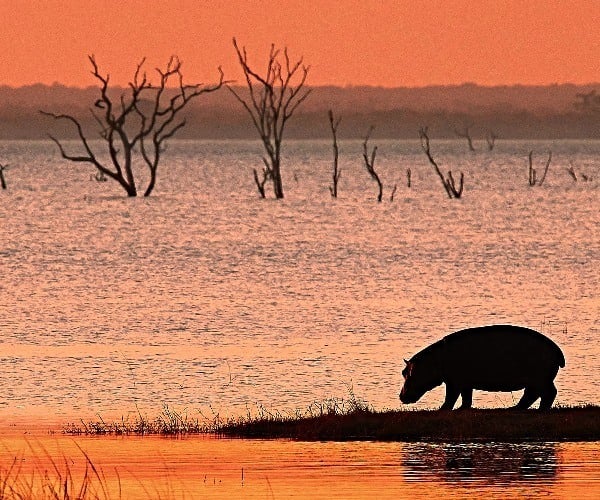
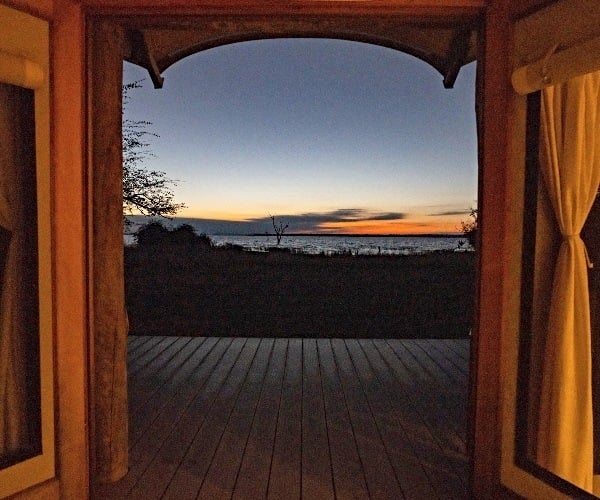
As we head to breakfast a huge monitor lizard swaggers past in the grass, and we find a leopard’s footprints on decking beside the dining room – it had clearly come for a drink from the pool while we’d been asleep. During daylight hours there’s a constantly changing array of wildlife in front of the lodge, with puku, bushbuck, impala, vervet monkeys and a troop of banded mongoose, all very at home here, and elephants no strangers to camp.
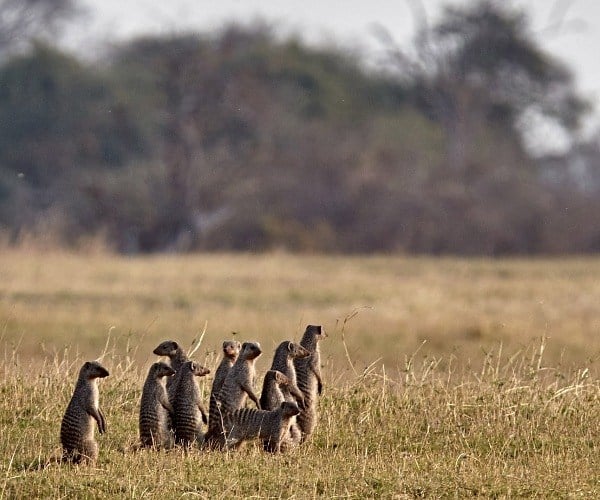
We are at Konkamoya, in Kafue National Park, Zambia’s oldest and largest National Park, and one of the continent’s wildest. Kafue is named for the river, the lifeblood of the park, that dissects it almost north to south. The Kafue River is the largest tributary of the Zambezi. A large river, up to 400m wide in places, and elsewhere interspersed with islands, granite boulders and fast flowing rapids. It’s the Kafue that eventually feeds the beautiful, yet relatively undeveloped, man-made, Lake Itezhi-Tezhi.
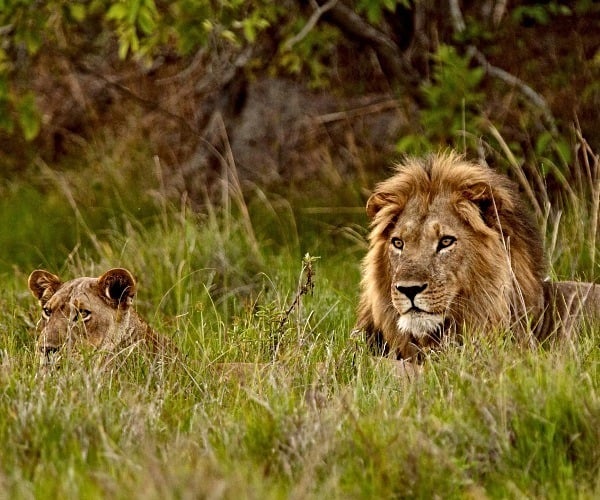
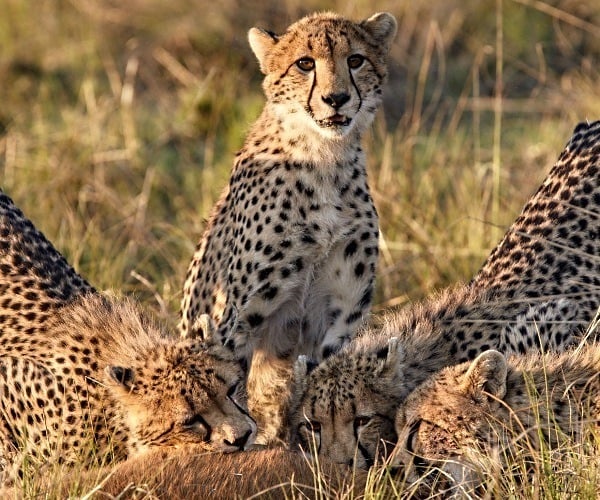
Kafue is an unspoilt wilderness, a land without fences and with few roads, but with an extraordinary array of wildlife. Nowhere else in Africa can you see blue duiker, sable, roan, red lechwe, Lichenstein’s and Defassa hartebeest, elephant, buffalo, leopard, wild dog, hyena, hippo and yellow backed duiker all in one park. Whilst Kafue doesn’t have the huge herds of game that can be found in other parks, what it lacks in density it more than makes up for in diversity. There are at least 161 species of mammal, 6 cat species, and 22 species of antelope (Kafue boasts the highest antelope diversity of any African park). The park is also home to approximately 500 species of birds.
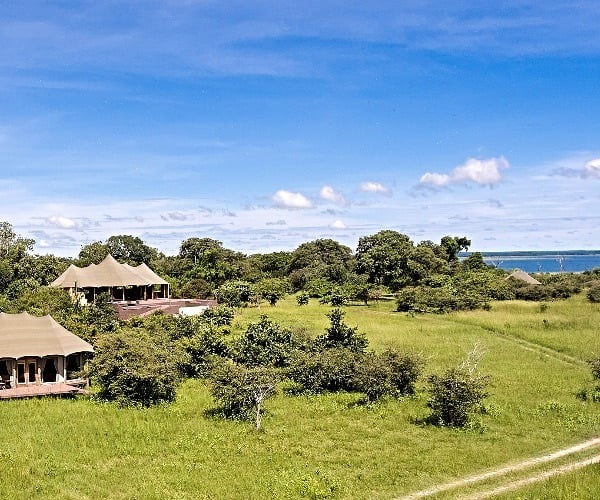
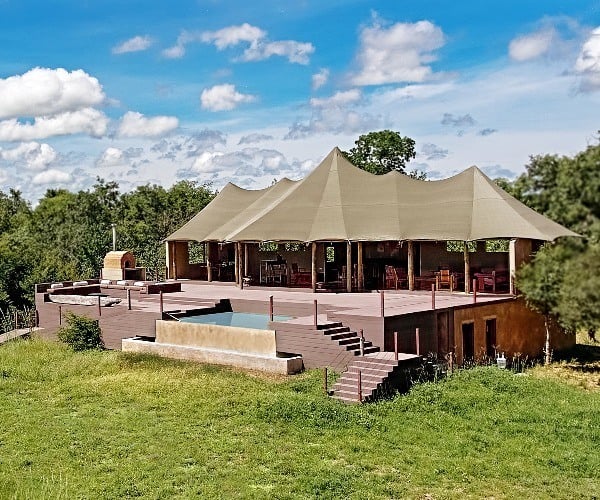
Konkamoya means “follow the wind” in the local language, Nyanja. The lodge was built in 2010, after founder, Andrea Porro, discovered this piece of paradise. Andrea was born and raised in Milan, but his interest in wildlife, from childhood, had led him to study zoology and natural sciences. Combining his love of wildlife with his passion for photography, Andrea travelled the world, including Zambia, where in 2007 he discovered Kafue National Park. Repeated visits ensued, culminating in his decision to plant roots in the park. Andrea says “When for the first time I arrived in the Kafue, now more than 10 years ago, as a wildlife photographer and passionate zoologist, I completely fell in love and decided to change my life. From Italy, my birthplace, I moved my home onto the banks of the Itezhi-Tezhi Lake, a magical place… My aim is to share my passion and my home in the bush with a small number of guests… to offer a real close-up encounter with Mother Nature in one of the wildest and less known areas of the Kafue NP… For me this is a matter of love and I am never too tired for another thrilling drive late at night, to track an elusive aardvark or to find the lions calling nearby”
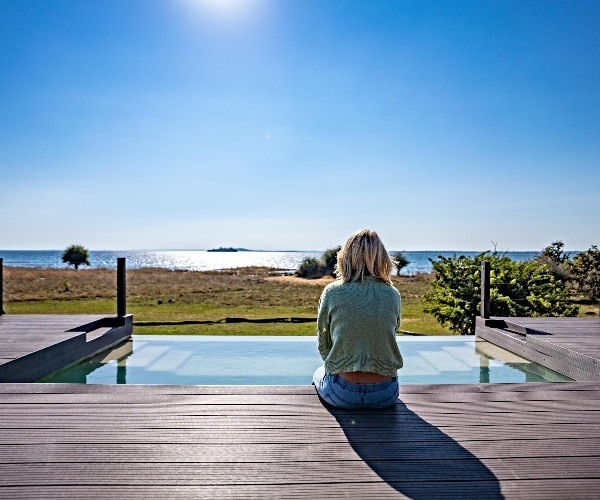
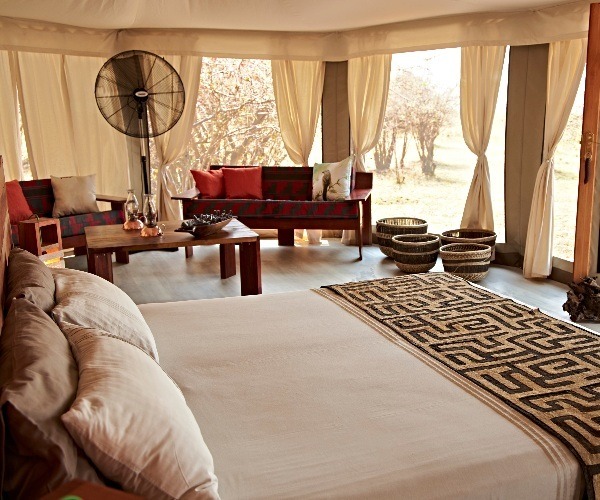
Andrea didn’t waste time during covid. Freshly refurbished, and almost unrecognisable from my last visit a few years ago, this small and exclusive lodge has had a major makeover. Aside from his various other skills, Andrea has turned his hand to carpentry, and created all the wooden furniture in the lodge – chairs, beds, tables, cabinets, benches and more. With only four, spacious, luxury safari tents, accommodating a maximum of 8 people, the lodge guarantees you an intimate connection to the surrounding wilderness. Each of the four tents are on raised wooden platforms, high enough to deter any unwanted guests! Inside, each has an open plan bedroom and sitting room, with an adjacent bathroom and shower. All the tents are east facing and have marvellous views of the sunrise, from your bed, your lounge room or your private verandah. Electricity is powered by solar, so there’s no generator to disturb the peace of the bush, the roar of a lion, the grunt of a hippo, or the distant call of a Pel’s fishing owl.
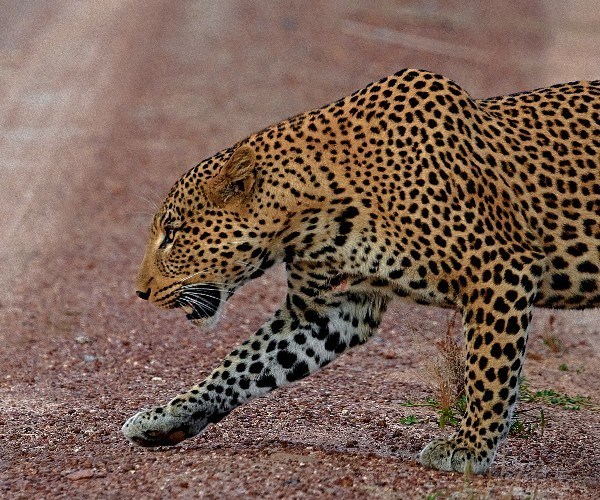
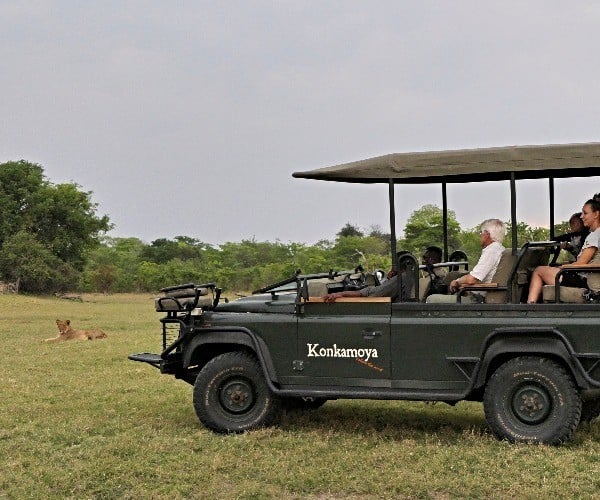
Out on game drives we were hot on the heels of hyena, lion and leopard tracks. Birds were everywhere, from the red-faced mousebirds to grey headed gulls. Mayer’s parrots, egrets, spoonbills, cormorants and storks, watchful fish eagles perched in trees overlooking the water and pelicans soared overhead. Stopping for a drink we suddenly found ourselves in the ‘thick of things’ as a herd of elephants decided to cross the road ahead of us. The group was huge and it seemed to take forever for them to cross. Elephant after elephant walked in front of us, big one, small ones, mothers, babies, teenagers. Some stopped to stare, others shook the branches of trees hoping to dislodge fruit, a few young males tried to show one another ‘who was boss’. After almost 30 minutes there were still a few stragglers who had yet to cross the road, so we decided to give up on waiting, and turning the vehicle around, headed back the way we’d come.
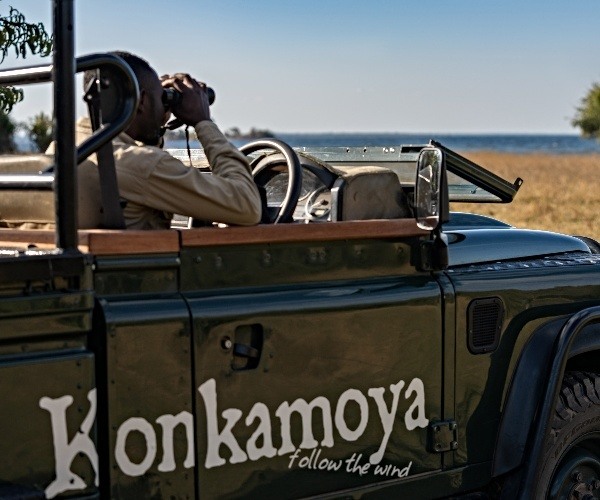
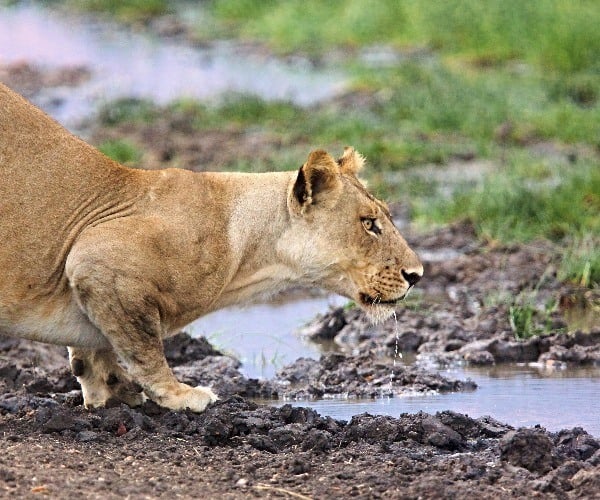
IMPORTANT NOTICE:
If you are reading this article anywhere other than on A Luxury Travel Blog, then the chances are that this content has been stolen without permission.
Please make a note of the web address above and contact A Luxury Travel Blog to advise them of this issue.
Thank you for your help in combatting content theft.
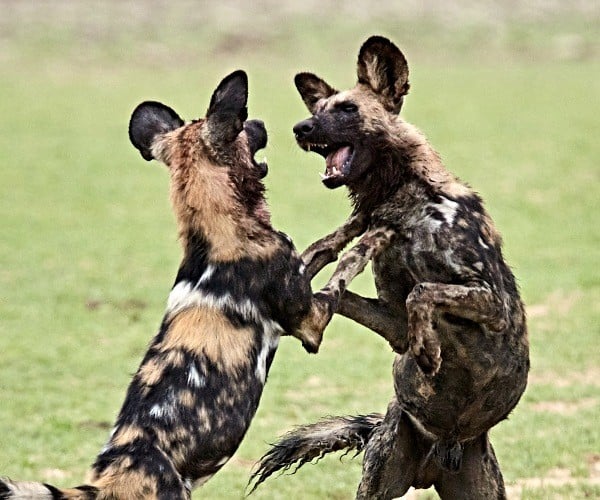
Food is a definite highlight of your stay at Konkamoya. A simple but delicious lunch of sliced salamis and prosciutto, mozzarella, tomato and pesto salad, accompanied by homemade focaccia. Dinners of mouth-watering risotto, homemade pasta, delicious roasted meats, or traditional thin crust pizza made in the lodge’s wood burning oven. Meals are fantastic, and are all accompanied by Italian wines. The menu is arranged and personally overseen by Caterina Ferazzini who joined Konkamoya in 2019, and has been passionately overseeing everything from reservations to human resources and catering ever since. She is the one responsible for all the delectable dishes you’ll find on your plate. Thanks to Andrea and Caterina’s backgrounds, the menu is strongly influenced by Italian cooking and, like any Italian home, the kitchen is at the heart of the lodge.
Often overlooked in favour of Zambia’s smaller parks, Kafue is a sleeping giant. One of Africa’s oldest and largest parks, but still one of its wildest, this is a remote wonderland, with spectacular rivers, vast open plains, woodlands, stunning scenery, wildlife and birds. The feeling of remoteness is palpable in this untouched wilderness, but at Konkamoya you’ll certainly feel at home.
Did you enjoy this article?
Receive similar content direct to your inbox.


You make a good point. A lot of the charm of being on safari comes from having a home away from it all, the remoteness as you describe it.
Hi Gerald,
The wilderness and adventure of a safari are always wonderful, but some creature comforts definitely enhance the experience!
Sarah
A friend of mine always says that you don’t know what a holiday is until you’ve done a safari. I’m yet to do a safari but it does look like an amazing experience it’s certainly on my list.
Hi Julie,
A safari is like no other holiday, and you should definitely do at least one in your life, and who knows maybe you’ll catch the safari bug!
Sarah
I bet you used a very long lens to get that picture of the meerkats as they very difficult to see. As they’ve got sentries on guard they are always looking out for danger. When we went on safari I didn’t get a single picture of a meerkat.
Hi Carolyn,
They are actually banded mongoose, but when they are look out duty they do look a lot like meerkats. But no meerkats in Kafue National Park.
Sarah
I can never get my head around how many different types of antelope there are in Africa. It’s amazing how the guides can tell the difference between them all even from a few 100 yards away.
Hi Leo,
It takes years of practice! I still get them mixed up occasionally even after nearly 30 years in the bush. For an even tougher challenge try learning their spoor (footprints)!
Sarah
This piece has opened my eyes to the wider world of safaris. I’ve been on safari twice to South Africa, twice to Kenya and thought about Botswana a lot. Until I read this post, Zambia had never been on my radar.
The pictures are simply spectacular and Zambia certainly has a lot going for it as a safari destination. It really will be in the running when we come to book our next safari.
Hi Adrian,
Zambia definitely deserves a place on your potential safari list, it has so much going for it. The Victoria Falls, South and North Luangwa National Parks, the gorgeous Lower Zambezi National Park, Kafue of course, and some other more off the beaten track destinations like Liuwa Plains with its wildebeest migration, Bangweulu Wetlands/Swamps with its it’s rare Shoebill and endemic black lechwe, or Kasanka National Park with its bat migration, which is the largest mamal migration in the world.
Come visit Zambia
Sarah
Hi Sarah, I so love the articles you write about our country, you just keep increasing the number of places I want to visit (as a local tourist of course😊) – please don’t stop.
Hi Mazuba,
I’m so glad you enjoy the articles, we live in a very special country indeed, with so many wonderful places to visit.
Happy travelling
Sarah